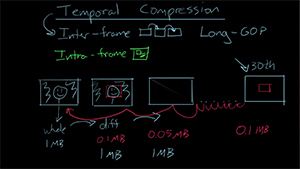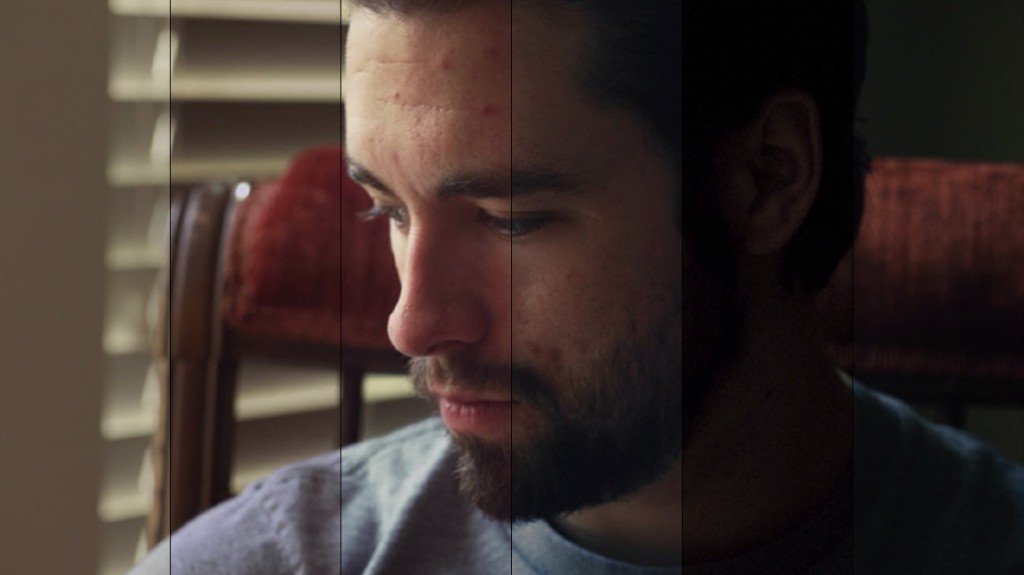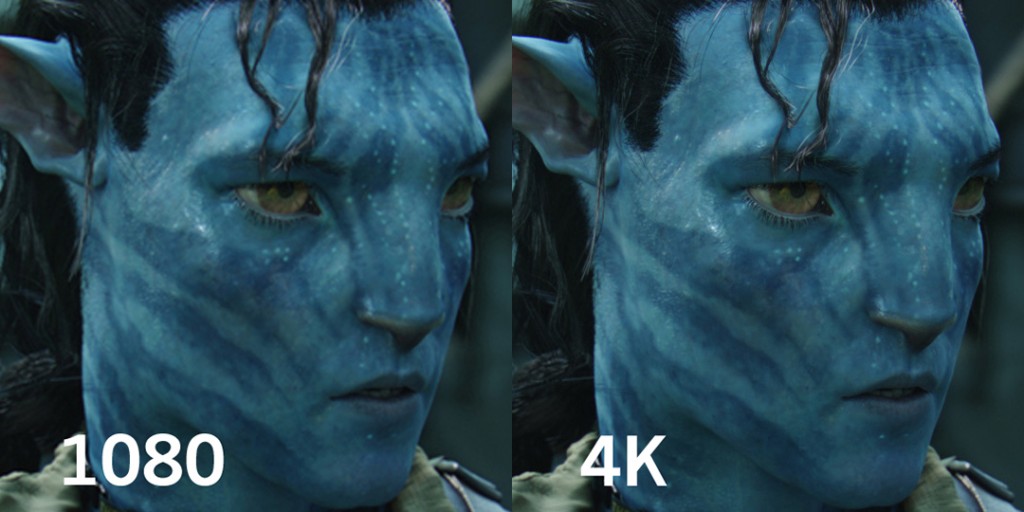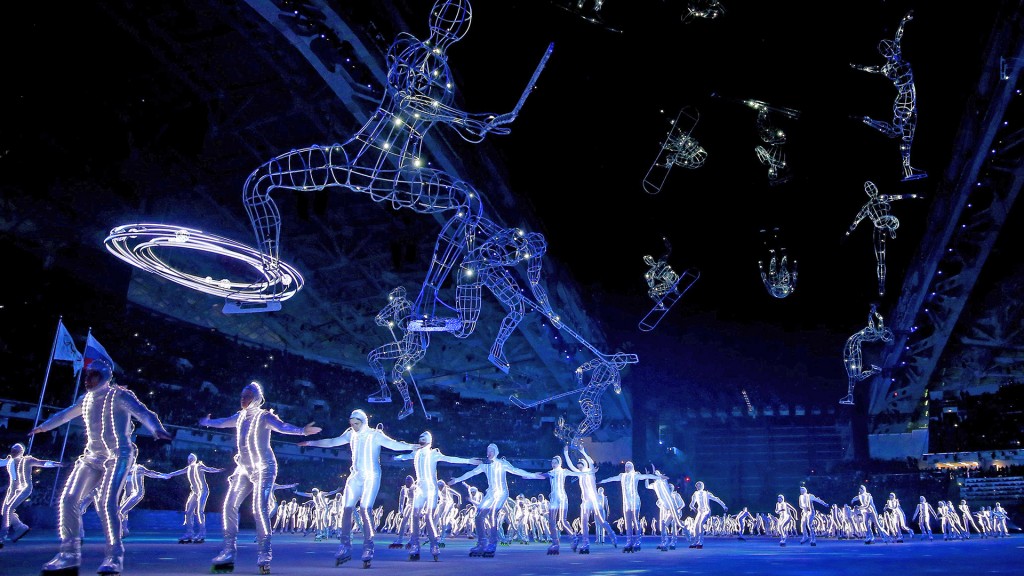In October of 2010 President Obama signed the Twenty-First Century Communications and Video Accessibility Act (CVAA) into law. The CVAA expands upon the existing requirements set forth in the Rehabilitation Act of 1973 and the Americans with Disabilities Act of 1990 to increase access to current technologies, such as broadband and mobile, for those with disabilities. A key component of this law is the requirement that all captioned content that is delivered on television is now required to be captioned when delivered via the Internet as well.
In addition, the FCC added four non-technical quality standards in February including accuracy, completeness, placement, and synchronicity. Of those accuracy will be the most impactful to content creators. Primarily accuracy can be considered a measurement of correct words in the transcript compared to the number of incorrect words in the program. For example, a 9,050 word video with 68 errors is 99.2% accurate. However, errors could be anything from misspellings to missed words to punctuation that impedes comprehension. But the new restrictions are more comprehensive than just accuracy. “In order to be accurate, captions must match the spoken words in the dialogue, in their original language (English or Spanish), to the fullest extent possible and include full lyrics when provided on the audio track,” states the FCC. This includes the prohibition of paraphrasing and mandatory non-verbal information such as speaker identification, sound effects, and audience reactions. The FCC hasn’t given the specific accuracy requirement, but as a likely guideline the U.S. House of Representatives already requires a 98.6% accuracy for all of their floor proceedings recordings.
Schools and universities have long been held to provide accommodations under Section 504 and 508 to any student that requires them. This includes any media or online content used within a course. The sheer volume of material that is created on a daily basis within a university can be a daunting task let alone tackling the vast amount of preexisting content. With so many organizations and businesses working just to maintain compliance many haven’t looked forward to the extended benefits of having captioned content.

Many student unions have video walls displaying several sources at once that would otherwise not be consumable.
With a large portion of the population experiencing hearing difficulties, but who aren’t deaf, captions can assist in digesting materials where they may struggle otherwise. This also extends to hearing individuals who may be unable to hear the content due to being in a noisy environment or where multiple pieces of content would otherwise compete with each other. From a lecture standpoint, when the material covered in a video is particularly difficult or convoluted, being able to read the transcript as the presenter is speaking can greatly assist in comprehension and notation.
Most universities host a diverse student population locally and this diversification is only compounded by new online course and program offerings. With the global popularity of massively open online courses (MOOCs) the traditional base of online students is even broader. On average OSU’s course offerings through Coursera are seeing over 60% of enrolled students coming from outside of the United States. Especially in language classes comprehending the written word is much easier before mastering speech nuances. Beyond those learning a new language or multilingual viewers, those that don’t speak the language of the content would need to rely entirely on the transcript and captions. Thick accents can pose comprehension problems even when the language between presenter and viewer is common.
Lastly, having transcripts available makes content more easily indexed by web search engines putting your content in front of more people through ease of discovery. A step beyond that, captions allow for searching within the content and being able to jump directly to the desired point of interest in certain products, such as you can with Mediasite, Ohio State’s new lecture capture solution. This increased usability gives students the flexibility to make abbreviated notes and return to the recorded lecture later for review or clarification while focusing on the lecture when in class.
With all of these benefits ready to be taken advantage of, the workflow for getting your content captioned can be discouraging to non-professionals. Fortunately, outsourcing has become a reasonably priced option. Among the many options available, OSU has its own. Transcribe OSU is a student-staffed, cost-recovery service supported by the OSU Web Accessibility Center, Office for Disability Services, and ADA Coordinator’s Office available exclusively to the Ohio State community.






















